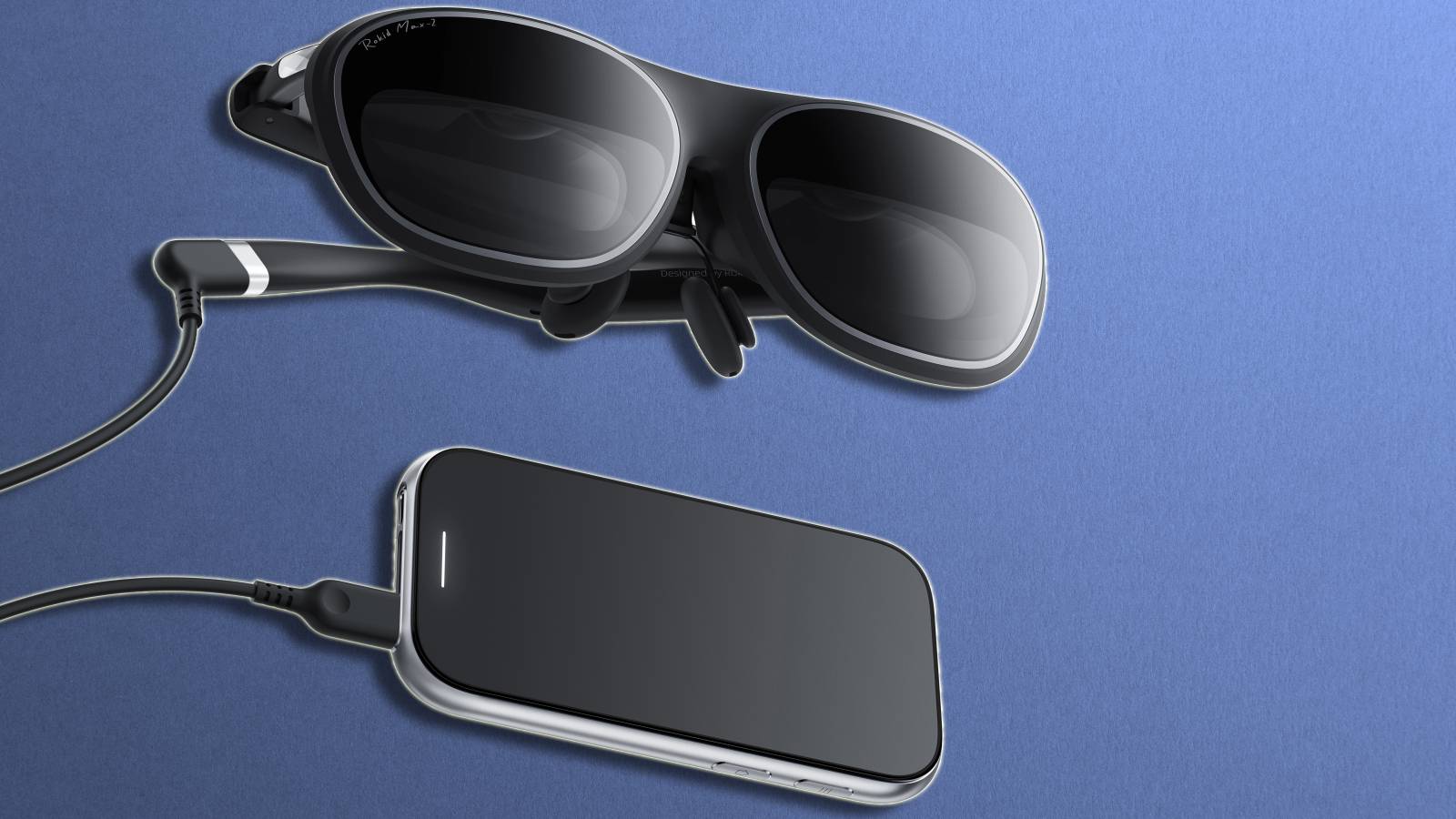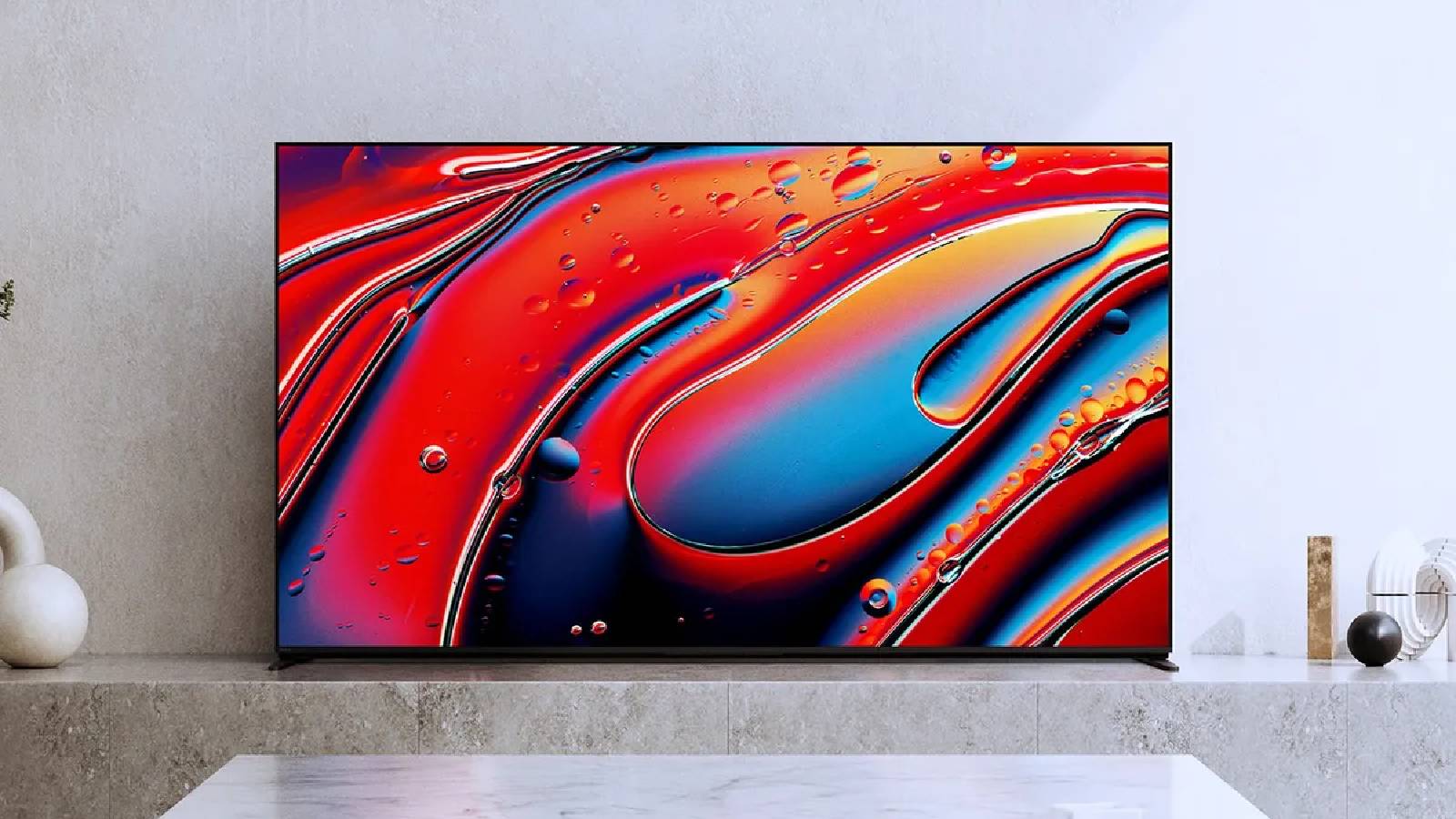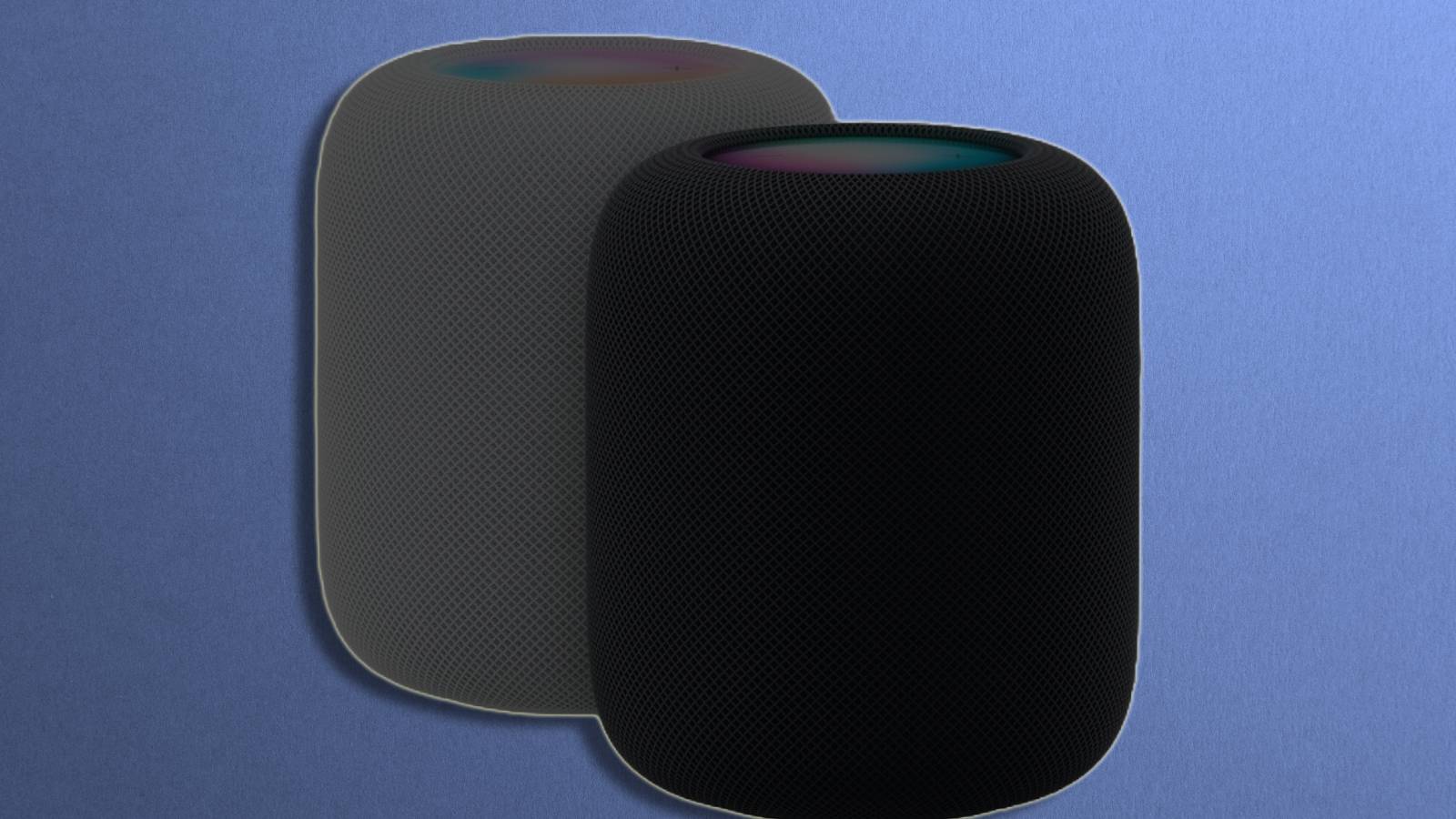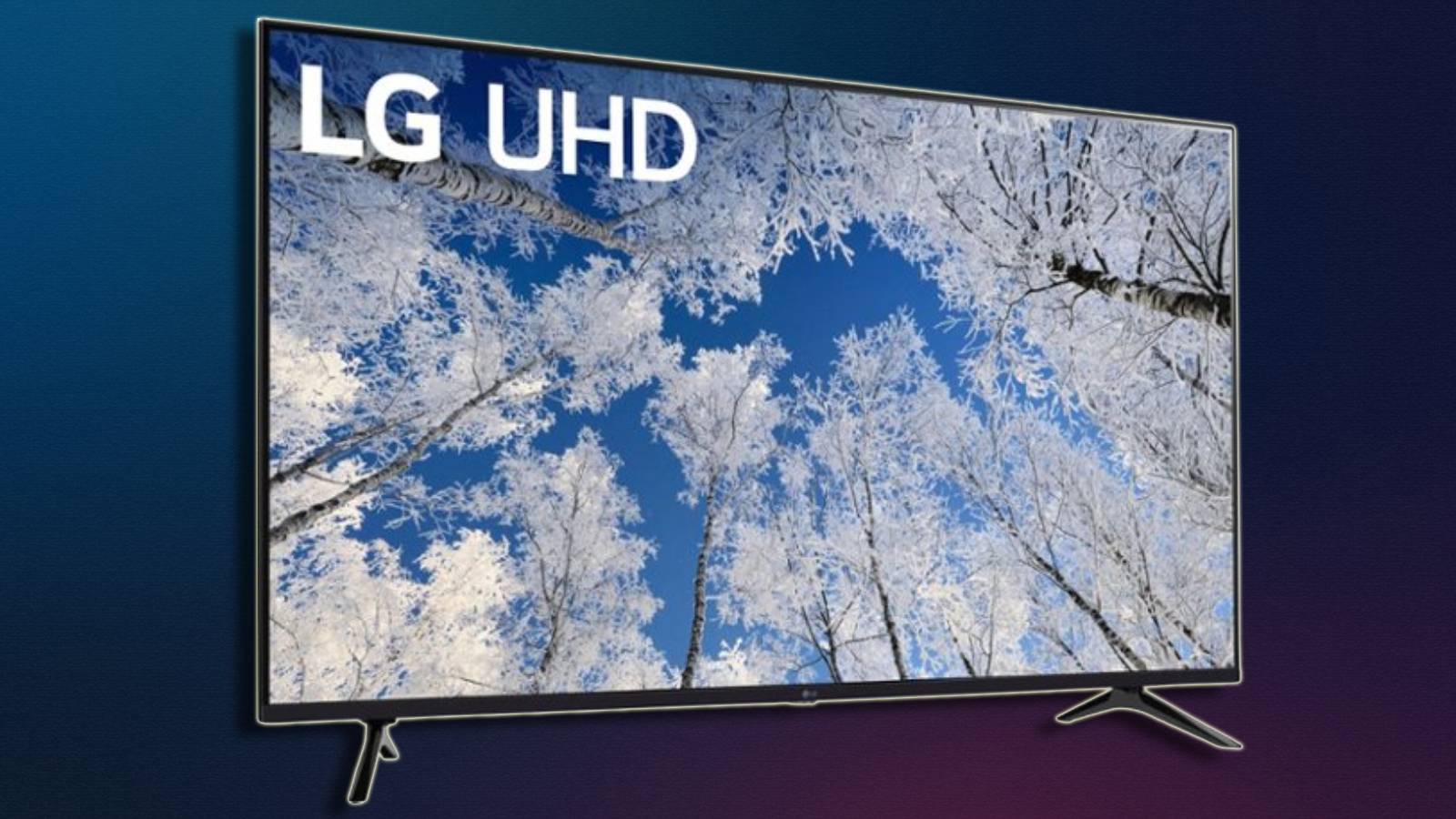QNED vs OLED: TV panel tech explained
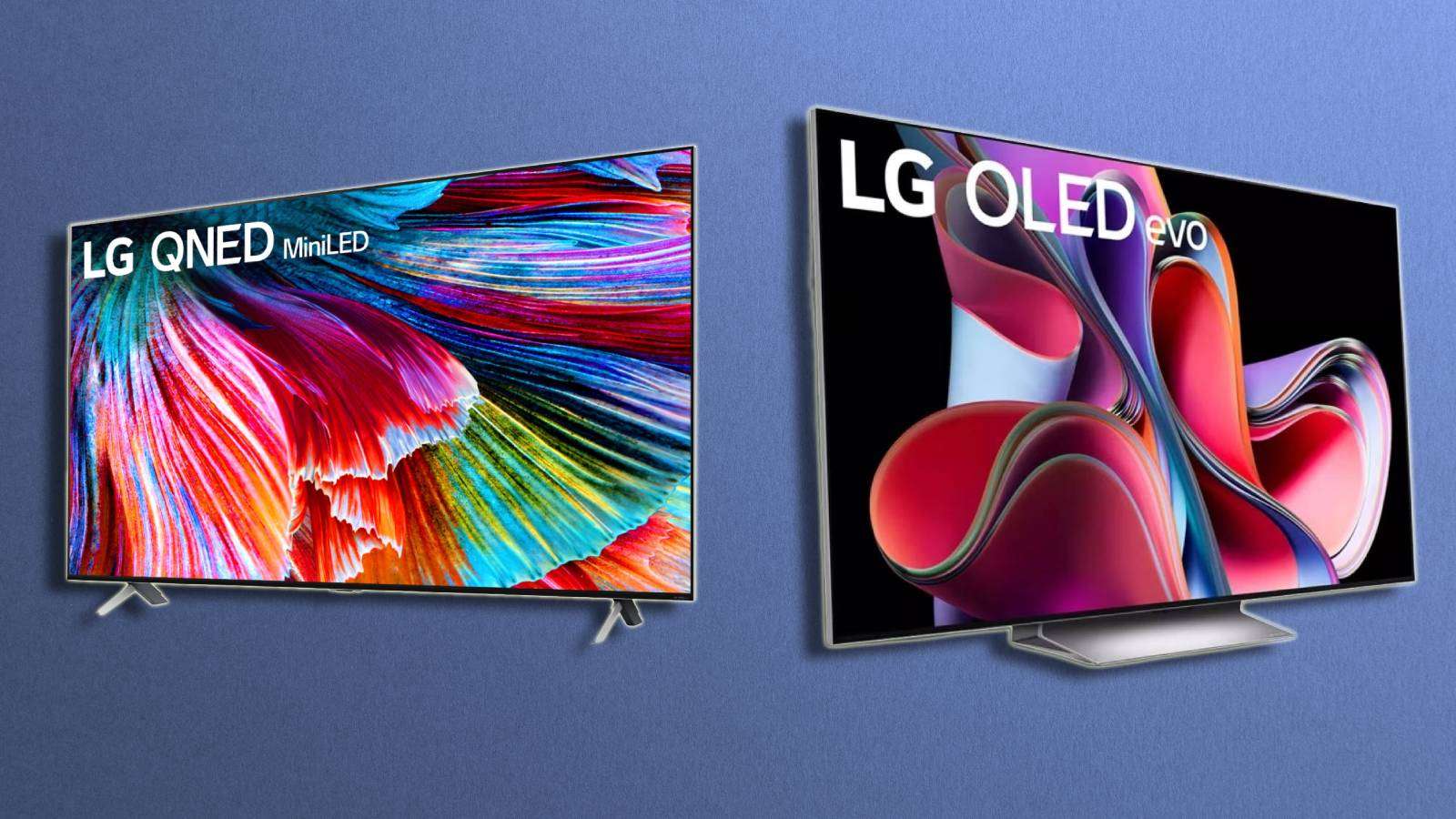 Dexerto
DexertoIf you’re looking for a new smart TV, you’ll come across QNED and OLED TVs. But which one is better? We break it down for you.
If you’re in the market for a new smart TV, you’ll come across various terms like LCD, LED, OLED, QLED, Mini-LED, and others. While more options to choose from is great for consumers, too many of them can be overwhelming.
We all know that OLED TVs are at the premium end of the price gamut; QNEDs are one of the latest entrants to the arena, and are way cheaper than OLED TVs.
But before you pick one of these smart TVs, you need to know these display technologies in detail and understand which one is better.
So, if you’re getting confused between OLED vs QNED, we explain the technology so you can make an informed purchasing decision.
What is QNED?
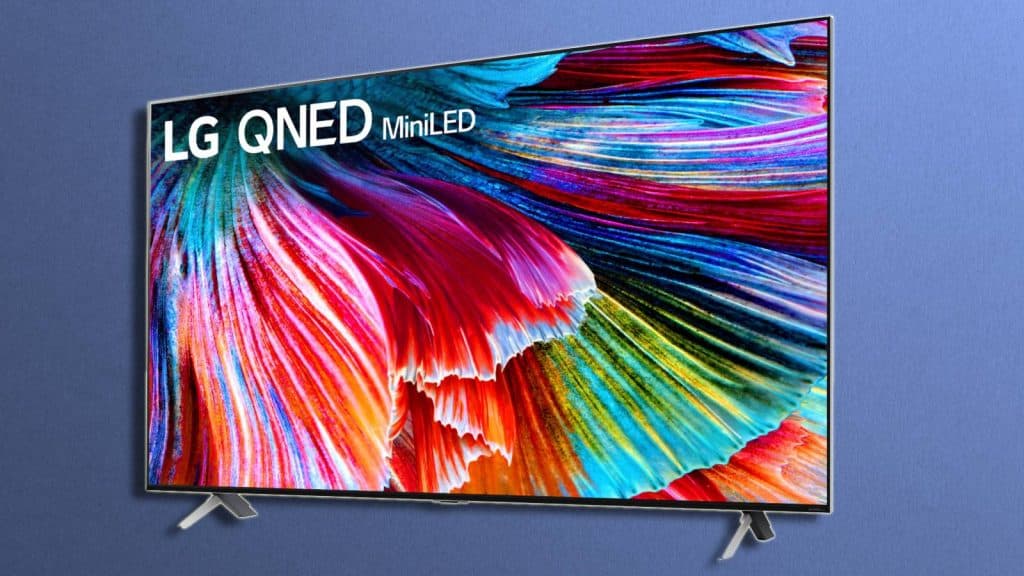 LG
LGQNED, confusingly, means different things to different manufacturers. Samsung calls QNED Quantum Nanorod Emitting Diodes, and LG’s QNED stands for Quantum Nano-Emitting Diode. Both versions of the tech are fundamentally the same.
That said, only LG makes QNED TVs. These are created by combining Nanocell technology with Mini-LED tech. The use of Mini-LED offers more dimming zones and bigger panels, while the Quantum Dot layer ensures brighter and more vibrant colors.
Unlike Samsung, which initially claimed that its QLED tech is better than OLED, LG doesn’t make any such claims for QNED – primarily because it has been making OLED TVs for quite some time now.
What is OLED?
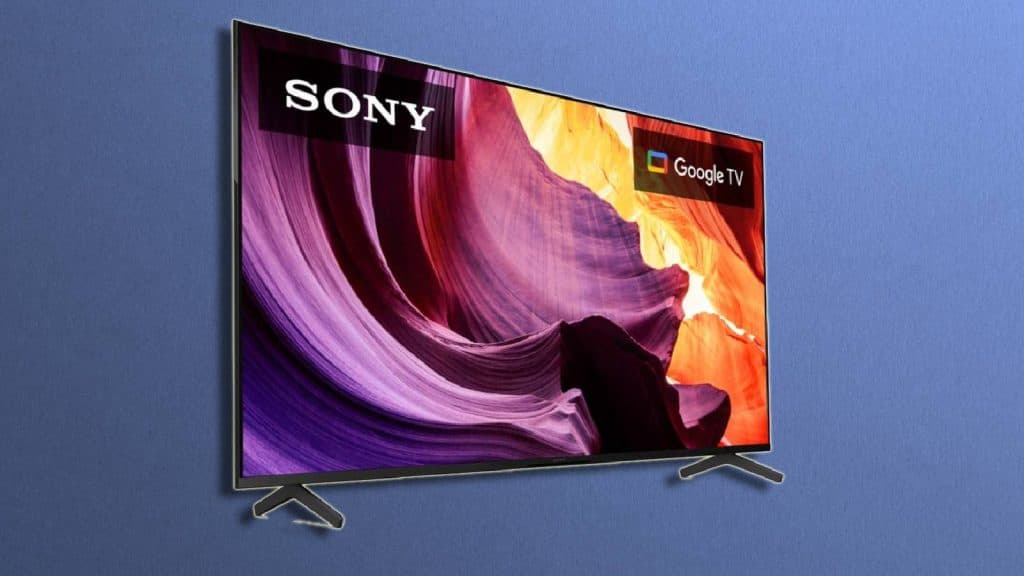 Sony
SonyOLED or organic light-emitting diodes are some of the most premium display panels used by various brands, including LG, Sony, Philips, TCL, and Samsung.
OLED uses two conductors passing a current through a carbon-based film to emit light. Each OLED panel has thousands of self-illuminating pixels that can produce light, thus offering better control on dimming zones, deeper blacks, and whiter whites.
QNED vs OLED: What are the main differences?
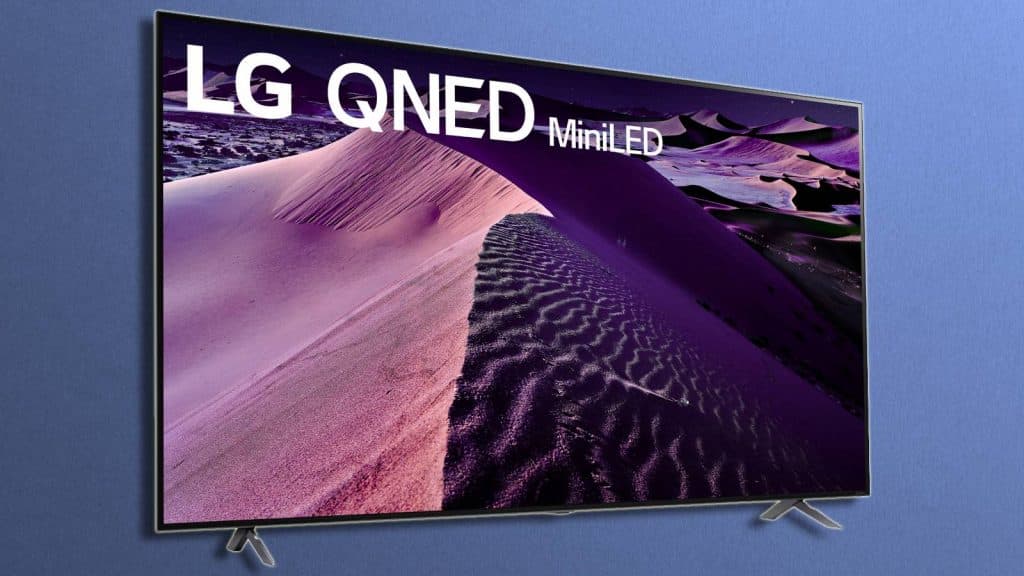 LG
LGQNED and OLED are two different technologies, and QNED is an advanced form of LED TV that uses Mini-LED tech. It requires an array of backlights to light the panel, and while, thanks to Mini-LED tech, QNED has a higher number of dimming zones, the pixels are still not self-illuminating. Like an LED or an LCD panel, the black color on a QNED panel might resemble dark grey.
On the other hand, the pixels on an OLED panel are self-illuminating, offering better control of each pixel. This results in images with deeper black and vivid colors.
But, OLED panels are not considered the brightest, and while they’re ideal for gaming and content consumption if your room gets a lot of ambient light, an OLED panel might not be a perfect choice. While the new LG G4 OLED TVs with the MLA tech are reportedly the brightest OLED panels ever, regular OLED panels are not as bright as QNEDs.
OLED TVs are priced premium and have a faster response rate, making them ideal for content consumption and gaming. QNED TVs, on the other hand, are more affordable.
QNED vs OLED: Which one should you buy?
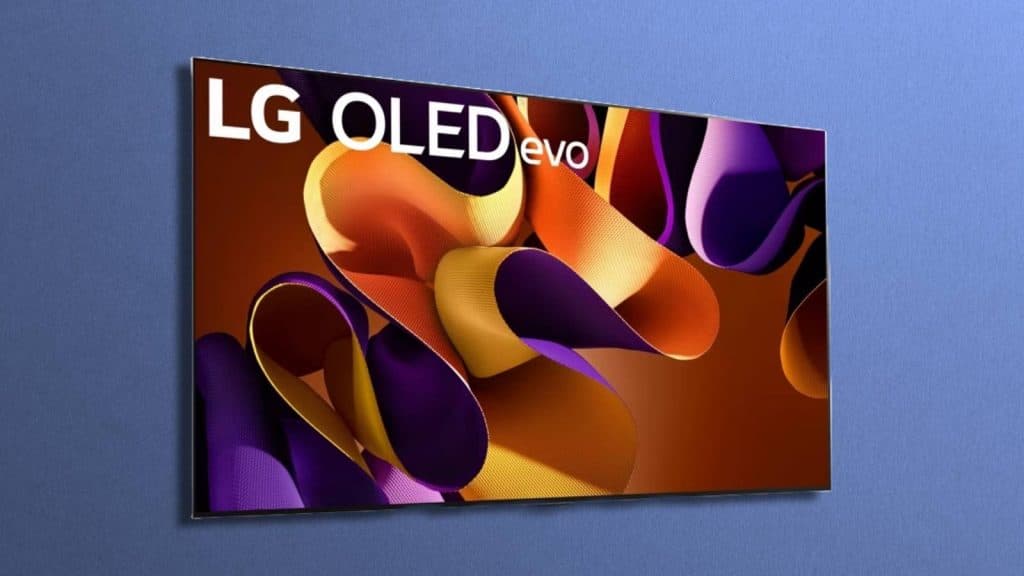 LG
LGFor a budget-conscious user, QNED offers a premium viewing experience compared to an LED or an LCD panel, but it is no match to an OLED TV.
OLED and QNED sit on opposite sides of the price gamut, so deciding between them could be a crucial factor when buying a new TV.
While choosing between QNED and OLED, keep the ambient light of your room and budget in mind, and also remember that OLEDs offer wider viewing angles. If you have a bigger room with a spread-out seating area, picking up an OLED panel is the obvious choice.
